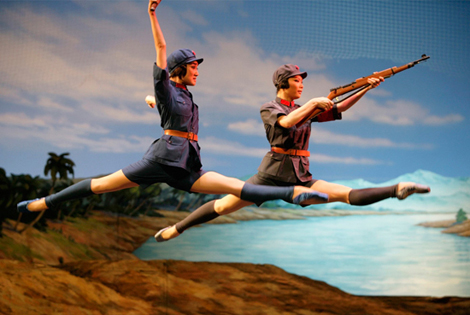It’s impossible to really dialogue about support for the arts, and arts advocacy, in the District without considering what policy-makers and stakeholders are doing in Virginia and Maryland.
As example: the great Film Tax Credit fire of the early 00’s. In that case legislators (across the country) provided tax credits to lure film and television productions to their municipalities. Quite quickly EVERYONE had a tax credit, and the race to the bottom began to offer the best tax credit, resulting in actual revenue losses for municipalities. (I’ll link these later today or tomorrow) Currently states are rolling back those initiatives.
For the most part, there are no new ideas in arts advocacy, or governance. We make hay from efficiency, and finding the best ways to provide services to our communities. Arts are a natural ally to developers in place-building, to educators in reform, and to care-givers for seniors. Further, the arts are a part of almost every local economy. The film tax credit is an example of how policy-makers and arts advocates lose by not considering their neighbors.
Here in the District, with 600,000 residents and 17-20 million visitors a year, our arts and culture sector provides over 20% of local tax revenue. In addition to serving community interests, government support for funded and un-funded initiatives to support the creative economy (private and not-for-profit) makes sense.
 There are barriers to local and regional best practices emerging, but most of them are only political. (As opposed to a new metro line, or stadium, where big money must be lined up.) Legislators in DC, MD, and VA perhaps have few excuses to find common ground, and direct local pressures. In my capacity as Chair of the DC Advocates for the Arts I’m trying to further develop our organization’s relationship with the Maryland Citizens for the Arts and the Virginians for the Arts. Good policy emerges from good information, and our job as advocates gets easier when we really are able to provide policy-makers with the best policy suggestions. I’m looking forward to attending the Maryland Citizens for the Arts Advocacy Day, and have reached out to try and do the same with the Virginians for the Arts.
There are barriers to local and regional best practices emerging, but most of them are only political. (As opposed to a new metro line, or stadium, where big money must be lined up.) Legislators in DC, MD, and VA perhaps have few excuses to find common ground, and direct local pressures. In my capacity as Chair of the DC Advocates for the Arts I’m trying to further develop our organization’s relationship with the Maryland Citizens for the Arts and the Virginians for the Arts. Good policy emerges from good information, and our job as advocates gets easier when we really are able to provide policy-makers with the best policy suggestions. I’m looking forward to attending the Maryland Citizens for the Arts Advocacy Day, and have reached out to try and do the same with the Virginians for the Arts.
As artists and arts advocates we are not alone in our struggles. I’m taking comfort, and pride, from my work with other artists and arts administrators as an arts advocate. If you’re interested in participating in arts advocacy in the District, please check our website, and sign up to receive our monthly updates.
The other week I made the graphic in this post for our invite on Facebook. This was to be a graphic used internal to our community. One of my board felt that it was confrontational and that we shouldn’t use it, so we’re not. This is why we do drafts of things, to be sure. Perhaps it is confrontational. I was thinking that in arming artists and arts organization leaders, many of whom have been to this rodeo one or two times before, a call-to-arms type of thing wasn’t such a bad idea. There’s a real potential role there: encouraging local, and regional, participation/cooperation in arts advocacy.



